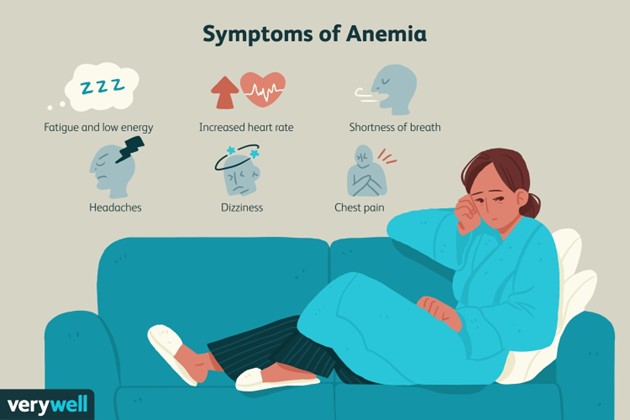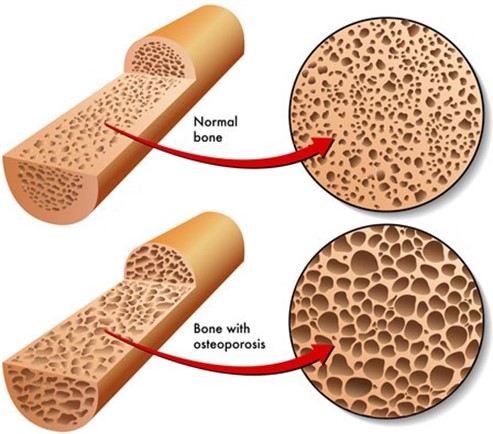A nurse is caring for a client who has chronic renal failure.
The client displays the following ABG results: pH 7.24, PaCO2 44 mm Hg, PaO2 84 mm Hg. HCO3 18 mEq/L, base excess -2, and O2 saturation 95%.
The nurse should conclude that the client has which of the following acid-base imbalances?
Respiratory acidosis.
Metabolic alkalosis.
Respiratory alkalosis.
Metabolic acidosis.
The Correct Answer is D
The client’s ABG results show a pH of 7.24, which is below the normal range of 7.35-7.45 and indicates acidosis.
The PaCO2 is within the normal range of 35-45 mm Hg, indicating that the acidosis is not caused by a respiratory issue.
The HCO3 level is 18 mEq/L, which is below the normal range of 22-28 mEq/L and indicates a primary metabolic cause for acidosis.
Respiratory acidosis is not indicated by the ABG results as the PaCO2 is within the normal range.
B) Metabolic alkalosis is not indicated by the ABG results as the pH and HCO3 levels are below their respective normal ranges.
C) Respiratory alkalosis is not indicated by the ABG results as the pH is below the normal range and the PaCO2 is within the normal range.
Nursing Test Bank
Naxlex Comprehensive Predictor Exams
Related Questions
Correct Answer is A
Explanation
This statement indicates an understanding of the teaching because headache is a common symptom of anemia.
 Choice B is incorrect because bradycardia (slow heart rate) is not a common symptom of anemia.
Choice B is incorrect because bradycardia (slow heart rate) is not a common symptom of anemia.
Instead, anemia can cause irregular heartbeats or a fast heartbeat.
Choice Dis incorrect because flushed skin color is not a common symptom of anemia.
Instead, anemia can cause pale or yellowish skin 1.
Choice Cis incorrect because heat intolerance is not a common symptom of anemia.
Correct Answer is C
Explanation

Leuprolide can cause bone loss, which can lead to osteoporosis and an increased risk of bone fractures.
Choice A, Pallor, is not the correct answer because pallor (pale skin) is not a common side effect of leuprolide.
Choice B, Increased appetite, is not the correct answer because increased appetite is not a common side effect of leuprolide.
Choice D, Hypoglycemia, is not the correct answer because hypoglycemia (low blood sugar) is not a common side effect of leuprolide.
Whether you are a student looking to ace your exams or a practicing nurse seeking to enhance your expertise , our nursing education contents will empower you with the confidence and competence to make a difference in the lives of patients and become a respected leader in the healthcare field.
Visit Naxlex, invest in your future and unlock endless possibilities with our unparalleled nursing education contents today
Report Wrong Answer on the Current Question
Do you disagree with the answer? If yes, what is your expected answer? Explain.
Kindly be descriptive with the issue you are facing.
